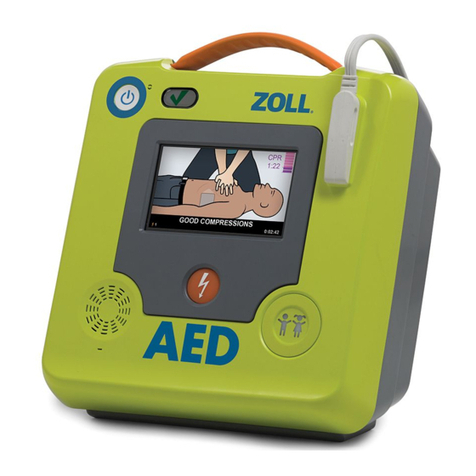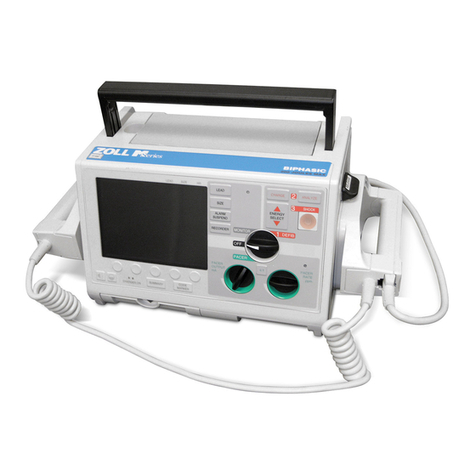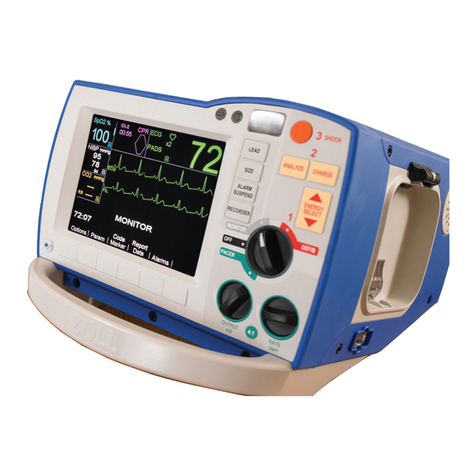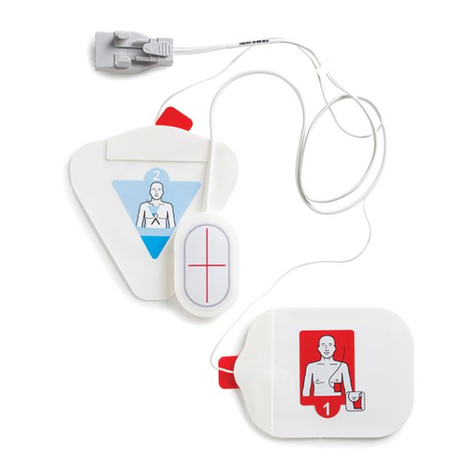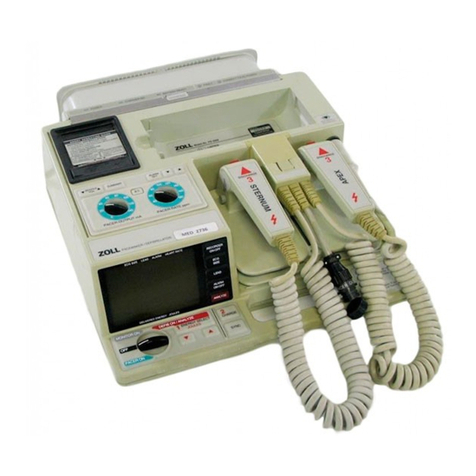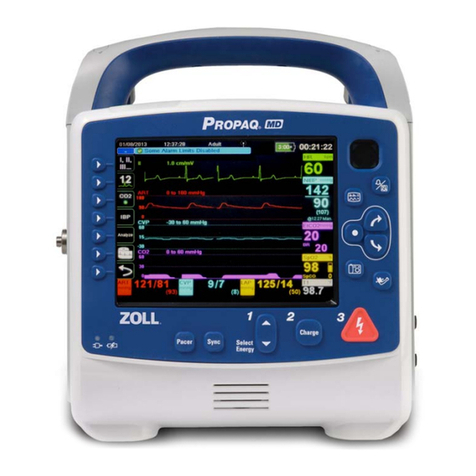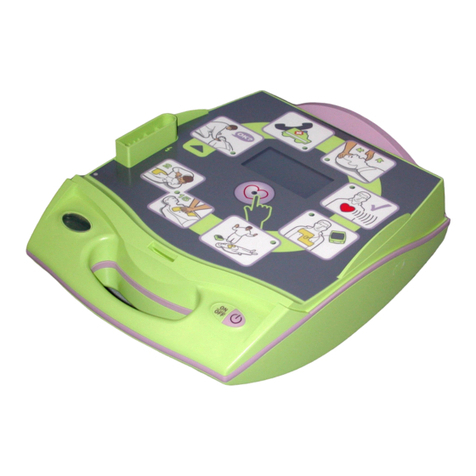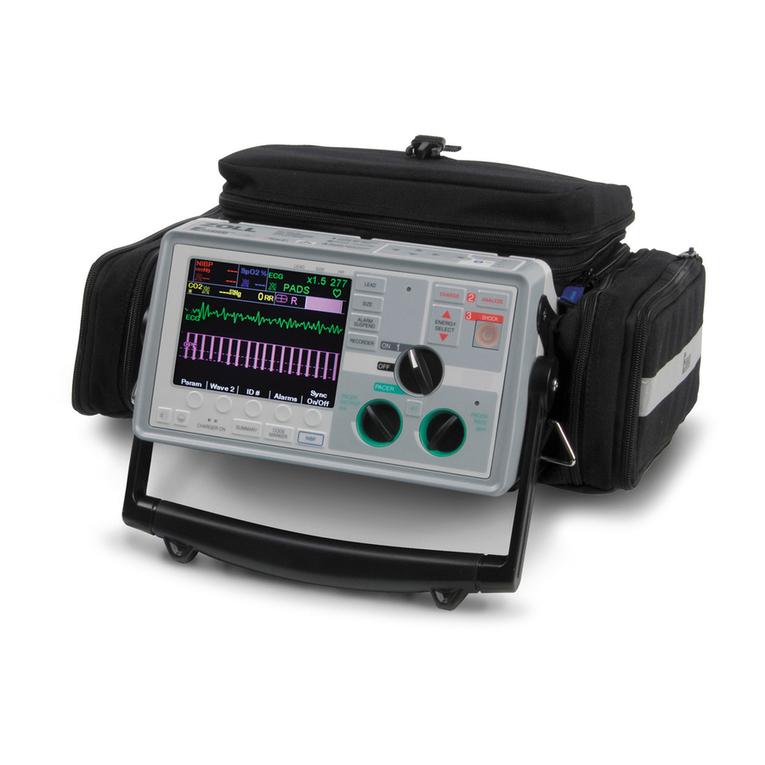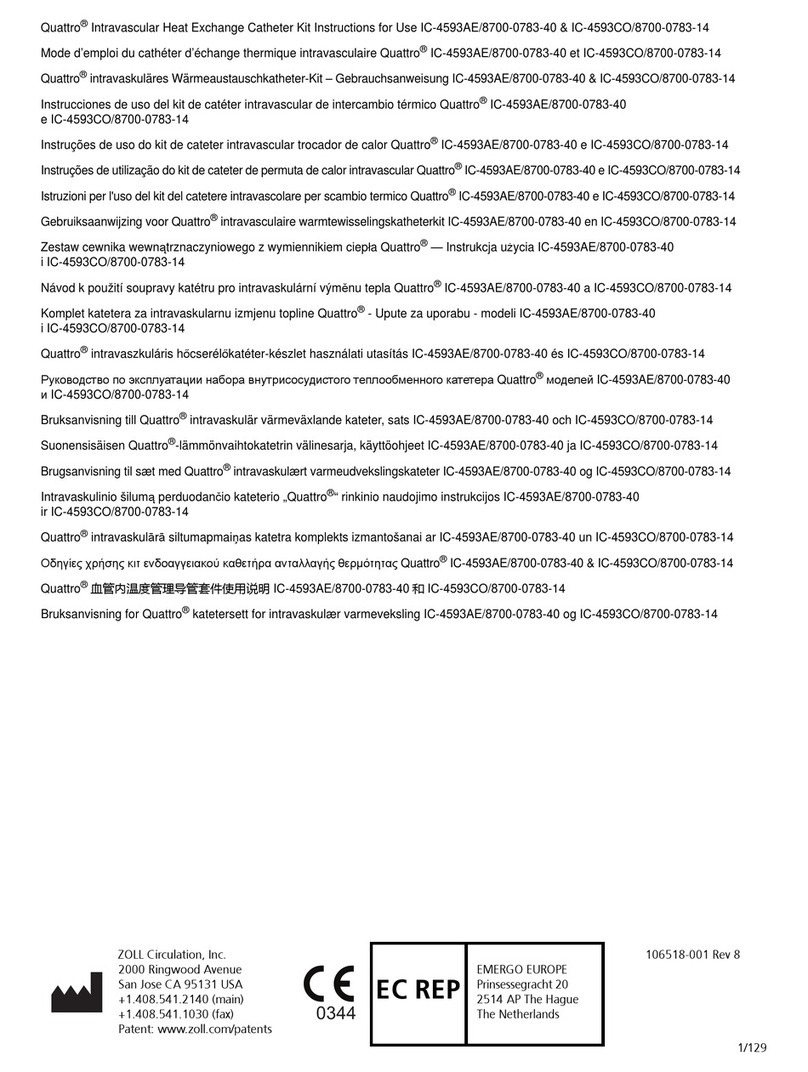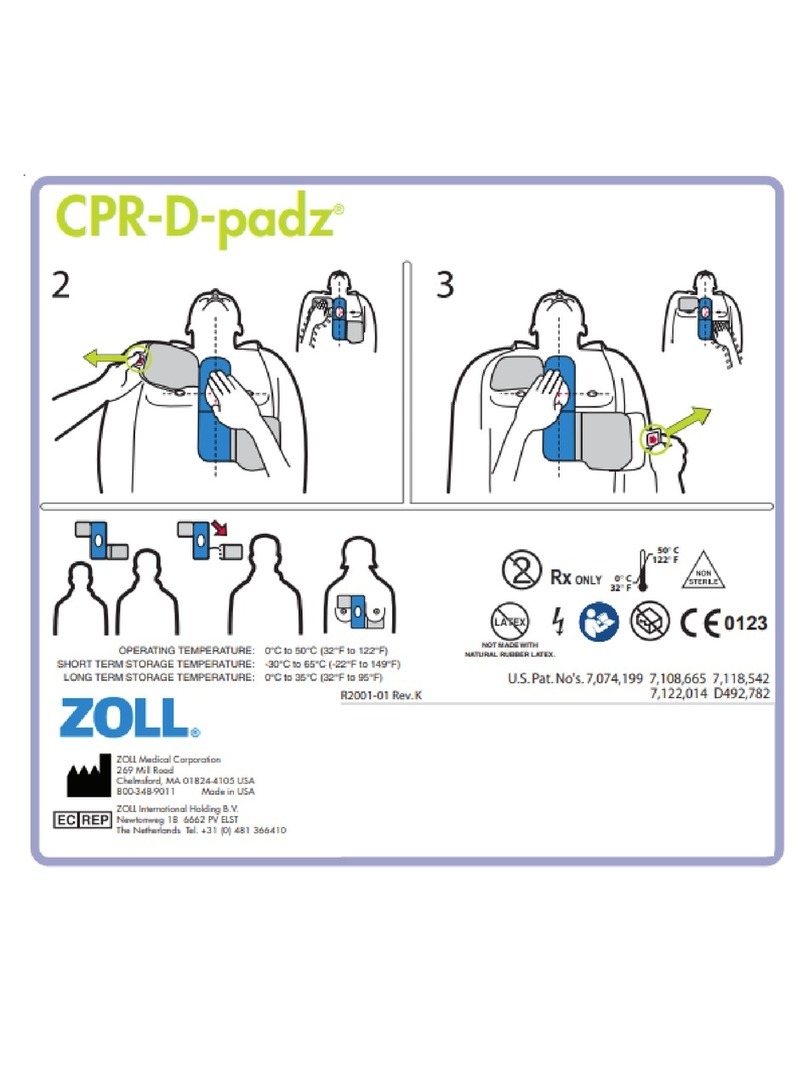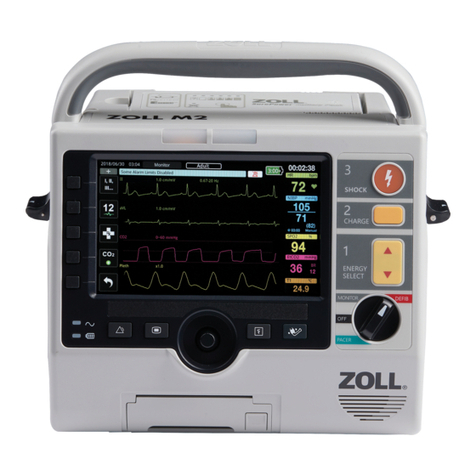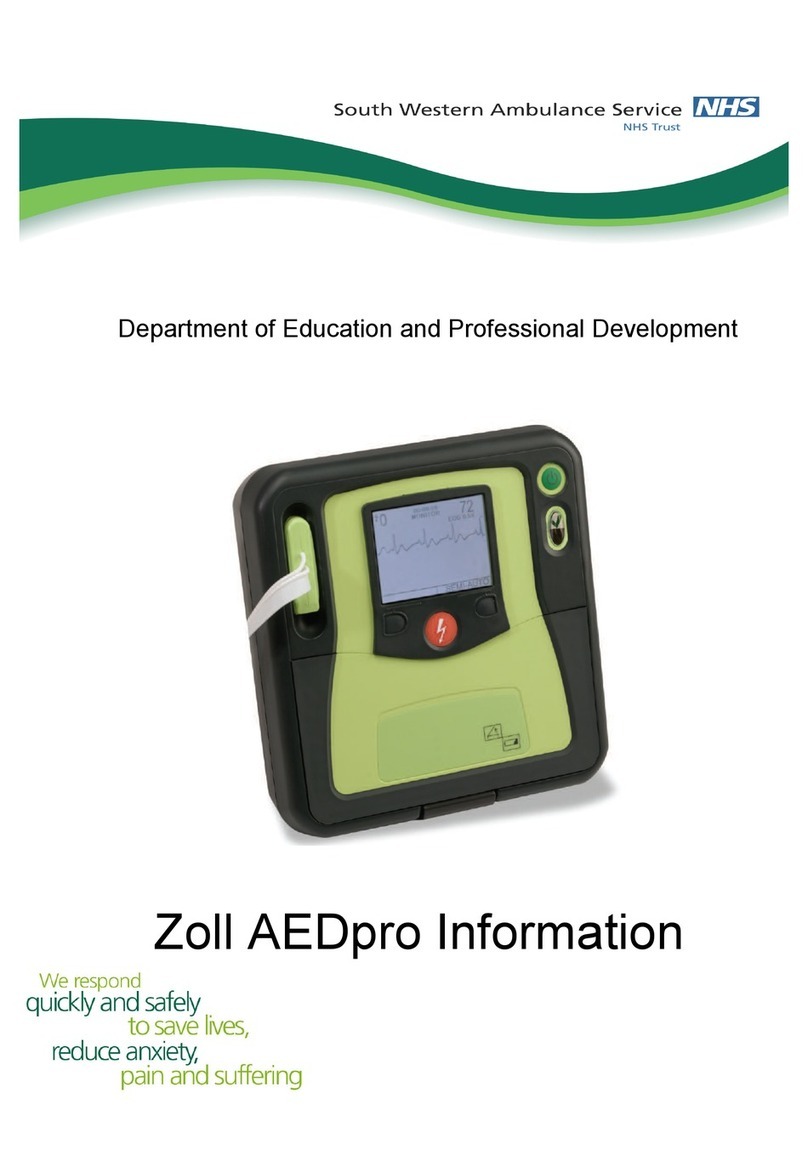
LifeVest 4000 Patient Manual
Page ii
Contents
1:Introduction ........................................................................................................................1-1
About the LifeVest system......................................................................................................1-1
About this manual...................................................................................................................1-1
What’s in this manual .............................................................................................................1-1
Safety information...................................................................................................................1-2
Environment considerations related to noise and vibration....................................................1-5
Known residual risks...............................................................................................................1-5
Intended use locations............................................................................................................1-5
Essential performance............................................................................................................1-5
Aircraft use..............................................................................................................................1-6
Operator profile.......................................................................................................................1-6
Patient training........................................................................................................................1-7
Electromagnetic interference..................................................................................................1-8
Wireless interference..............................................................................................................1-9
FCC regulatory information ..................................................................................................1-10
2:Meet the LifeVest system ..................................................................................................2-1
Components ...........................................................................................................................2-1
Monitor....................................................................................................................................2-2
Garment and electrode belt .................................................................................................... 2-3
Charger...................................................................................................................................2-4
Monitor touchscreen ...............................................................................................................2-6
Charger touchscreen ..............................................................................................................2-7
Help screens...........................................................................................................................2-8
3:Using the LifeVest..............................................................................................................3-1
Daily routine............................................................................................................................ 3-1
Normal startup routine ............................................................................................................3-3
Taking care of the batteries ....................................................................................................3-5
Charger setup and use, charger with touchscreen.................................................................3-8
Charger setup and use, charger with indicator lights ...........................................................3-13
Sending data manually .........................................................................................................3-16
How to read the signal strength symbols .............................................................................3-19
Monitor signal strength symbol.............................................................................................3-20
Cellular signal strength symbol.............................................................................................3-21
Recording your heart rhythm ................................................................................................ 3-22
Speak options.......................................................................................................................3-23
Airplane mode ......................................................................................................................3-25
System info screens .............................................................................................................3-27
Support mode .......................................................................................................................3-28
To enter support mode .........................................................................................................3-29
Periodically clean and inspect the system............................................................................ 3-32
What family members need to know ....................................................................................3-33
When you are finished with the device.................................................................................3-35
4:Assembling and putting on the garment .........................................................................4-1
About this chapter...................................................................................................................4-1
Assembling the electrode belt to garment .............................................................................. 4-1
Assembled electrode belt and garment.................................................................................. 4-6
Putting on the assembled electrode belt and garment...........................................................4-7
Connecting and disconnecting the electrode belt.................................................................4-11
